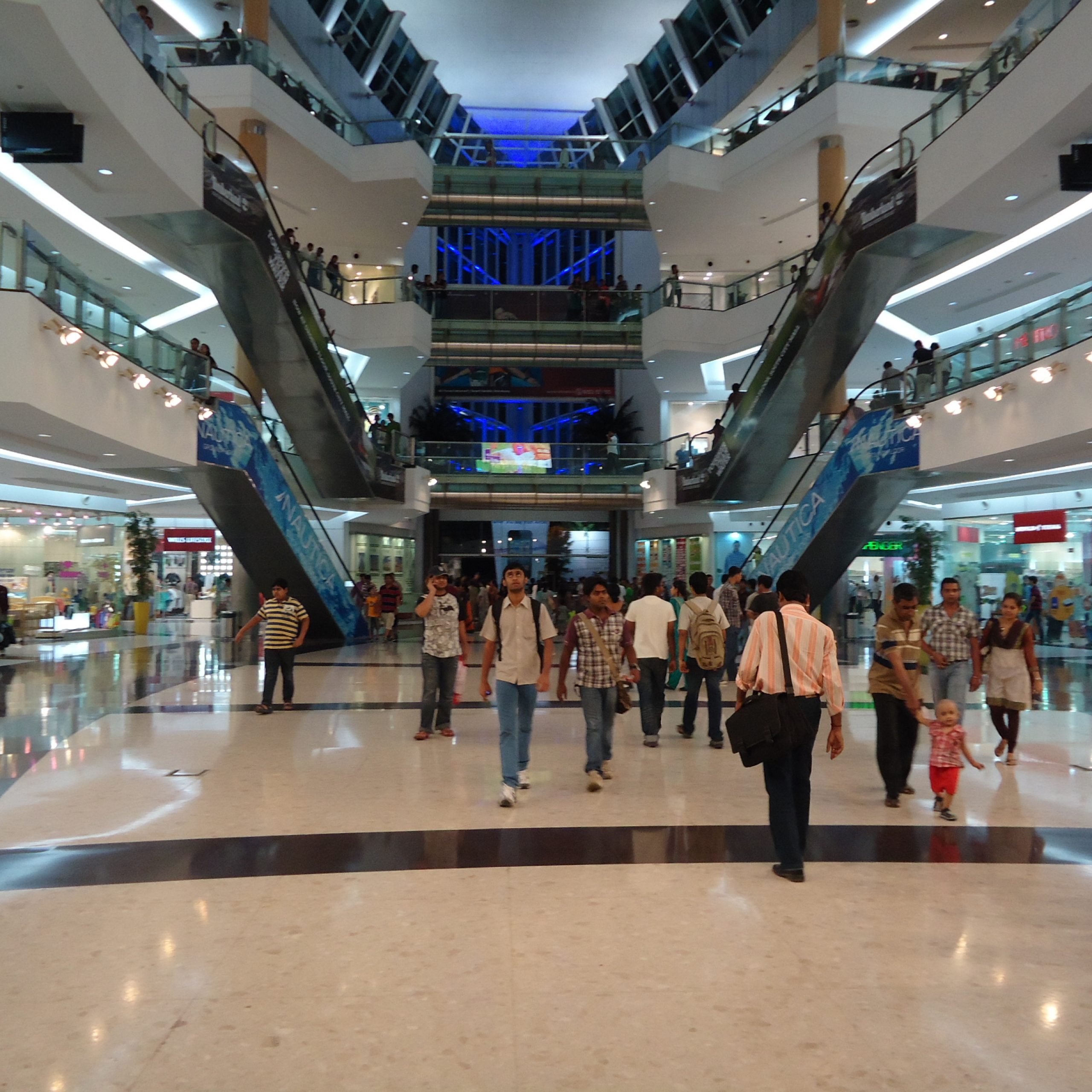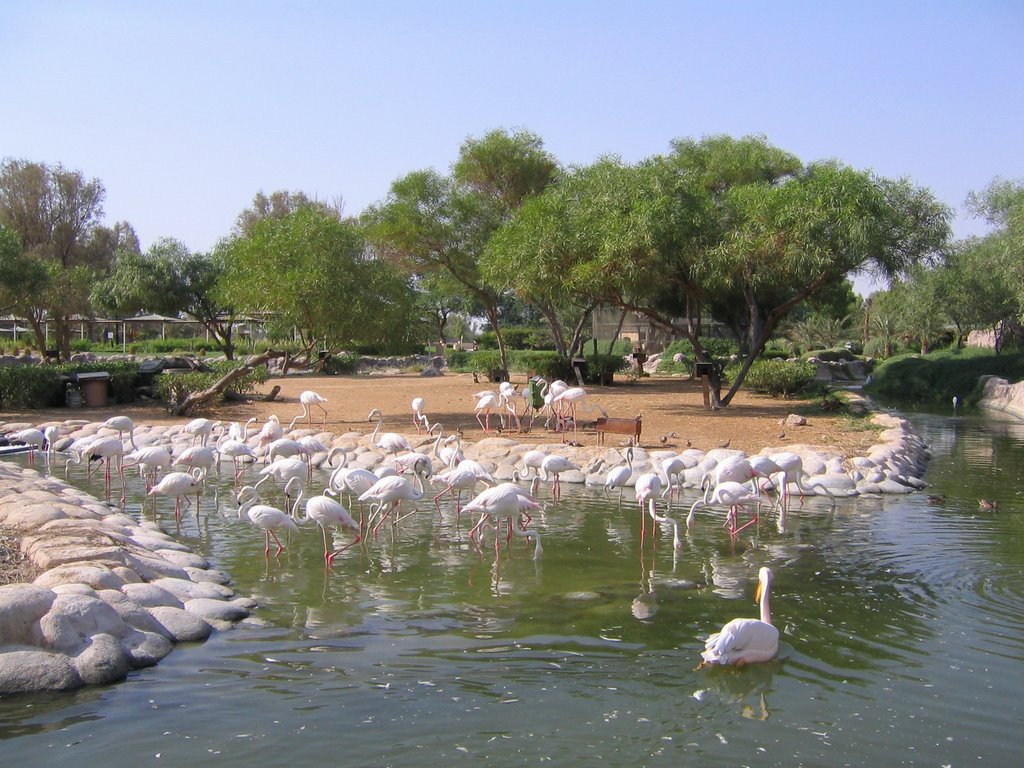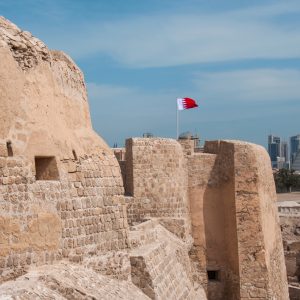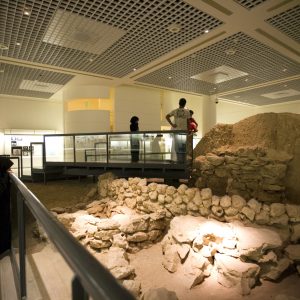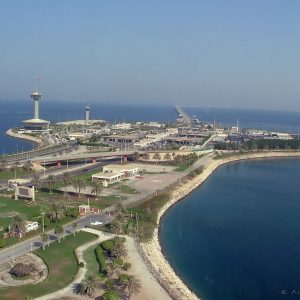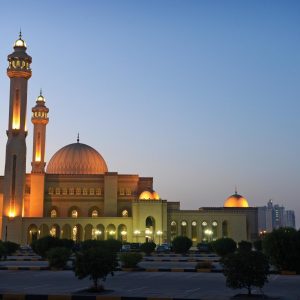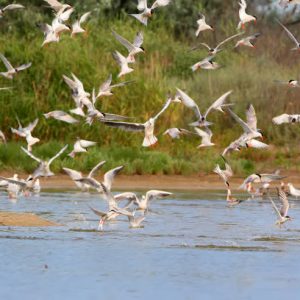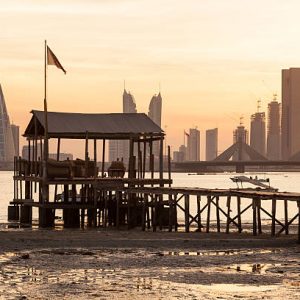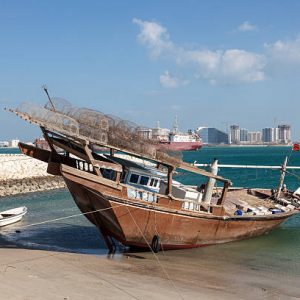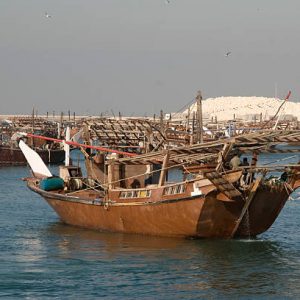Ahmed Al Fateh Mosque, also called as the Grand Mosque, is the first mosque in the region to open to the Tourist. The grand Al Fateh Mosque is both Bahrain’s largest place of worship and among one of the largest mosques in the world. It can accommodate about 7,000 worshipers. With its exquisite Bahraini architecture, crowned by the world’s largest fiberglass dome and blessed with a tranquility reserved for the holiest of holy places, the Grand Mosque truly lives up to its name. Set against the backdrop of palm trees and the sea, the Grand Mosque strikes a beautiful picture.
The Al-Fateh Mosque (also known as Al-Fateh Islamic Center & Al Fateh Grand Mosque) is one of the largest mosques in the world, encompassing 6,500 square meters and having the capacity to accommodate over 7,000 worshippers at a time. The mosque was built by the late Sheikh Isa ibn Salman Al Khalifa in 1987 and was named after Ahmed Al Fateh, the founder of Bahrain. In 2006, Al-Fateh became the site of the National Library of Bahrain.
The mosque is the largest place of worship in Bahrain. It is located next to the King Faisal Highway in Juffair, which is a town located in the capital city of Manama. The huge dome built on top of the Al-Fateh Mosque is constructed entirely of fibre-glass. Weighing over 60 Megagrams (tonne), the dome is currently the world’s largest fibre-glass dome. The marble used in the floors is Italian and the chandelier is from Austria. The doors are made of teak wood from India.Throughout the mosque are calligraphy writings in a very old type of style called Kufic.
The library of Ahmed Al-Fateh Islamic Center has around 7,000 books, some as old as 100 years or more. These include copies of the books of the teachings of Prophet Muhammad or what is referred to as the books of Hadith, the Global Arabic Encyclopedia, the Encyclopedia of Islamic Jurisprudence, Al-Azhar journals which have been printed more than a hundred years ago, as well as numerous periodicals and magazines.
Besides being a place of worship, the mosque is one of the premier tourist attractions in Bahrain. Tours are conducted in a variety of languages including English, French, Filipino, Russian and many other languages, special arrangements are encouraged for smooth sailing. The mosque is closed to visitors and tourists on all Fridays.






